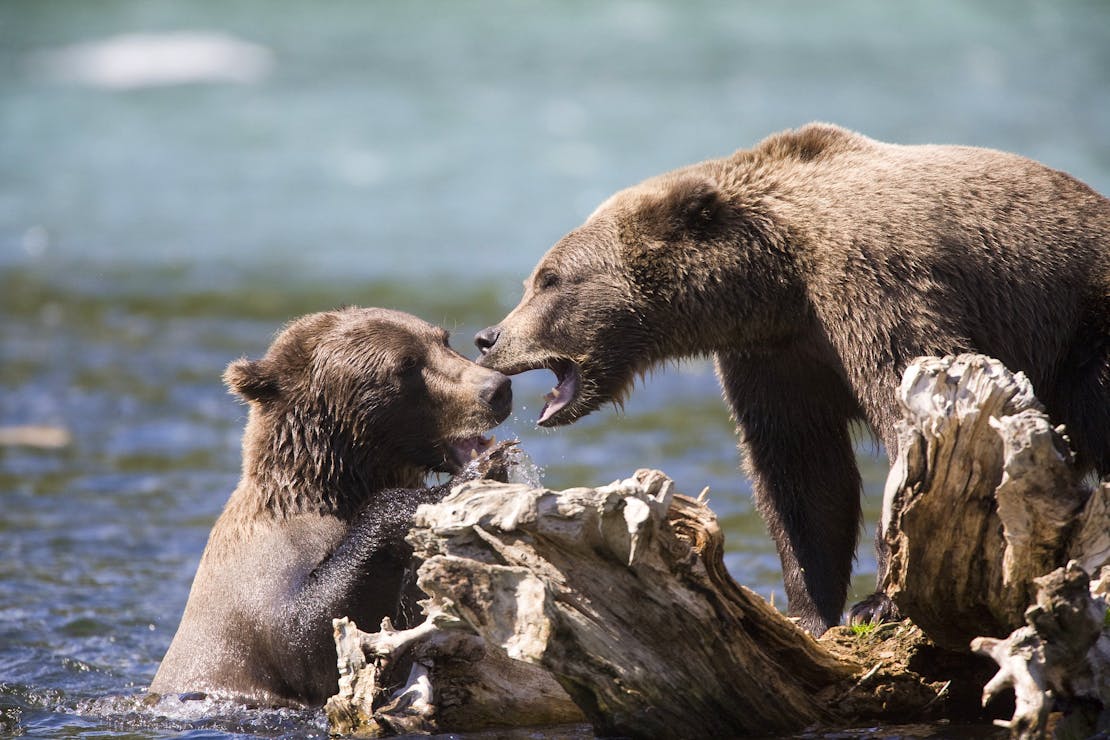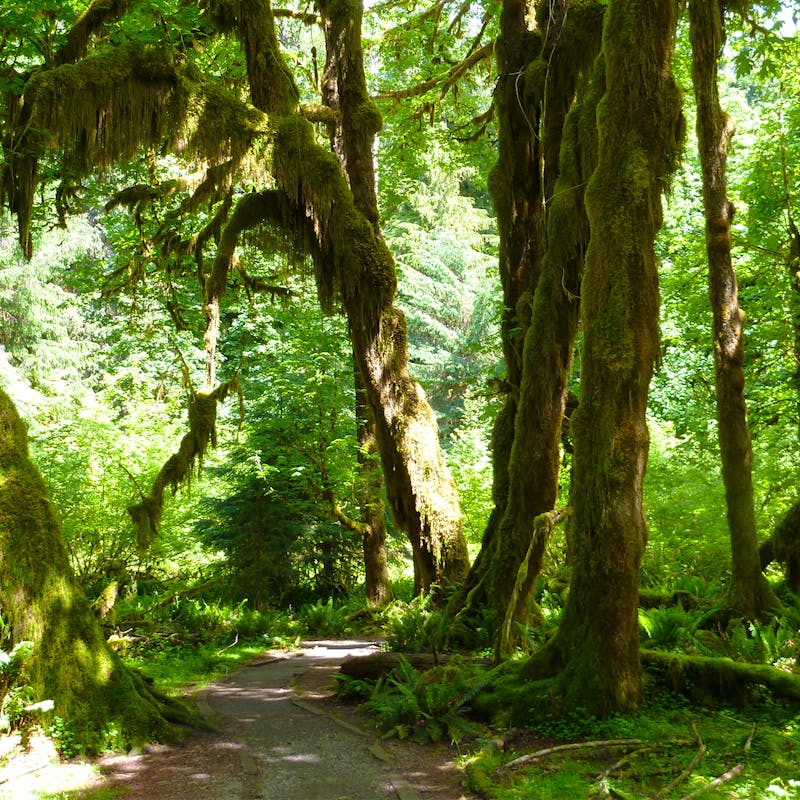It began like any other wintry day in Alaska with snow covered roads, ice and cold temperatures. The second of Defenders’ wildlife paint nights focused on the fuzzy and endearing, yet dangerous, brown bear. In Alaska, brown bears are referred to as coastal bears, and they are the body builders of the bear world. Their diet consists of nutrient-rich fatty salmon, and razor, butter and steamer clams.
The focus of Brown Bear Paint Night was learning how to paint a brown bear with acrylics while learning about proposed rule changes to the Kenai National Wildlife Refuge trapping, baiting and hunting regulations that would impact Kenai brown bears. It may seem like there are a lot of bears (especially if you are an Alaskan, like me, who never leaves the door without bear spray in the summer), but while approximately 30,000 brown bears live in the state, populations could easily decline with climate change and undermining of protections and regulations. Kenai brown bears are unique because they are an isolated population because of the nature and shape of the Kenai Peninsula, and they are a major local and tourist attraction.
Many locals tell stories of fishing along the Russian River while these mighty beasts catch salmon 20 feet away. A fine balance and harmony exists between humans and bears. We fear that if rules changed to allow baiting with donuts, marshmallows and other tasty snacks, brown bears would associate humans with food.
Everyone had a wonderful, creative time during our educational evening. We had bears of all shades – just as in real life, no bear looks exactly the same. In these times of COVID, we are reconnecting with the incredible stress relieving powers of art and having fun with family members of all ages, as displayed by Alaska Program Director Nicole Whittington-Evans’ family paint night photo.



Since this paint night, the court upheld the 2016 rule's continued elevation of non-consumptive wildlife recreation and wildlife viewing in the Skilak Wildlife Recreation Area (WRA) under the Alaska National Interest Lands Conservation Act (ANILCA), the Improvement Act and the APA. The court likewise upheld the U.S. Fish and Wildlife Service's decision to continue to prohibit brown bear baiting on the refuge under all three statutes for now. While there are other parts of the equation that continue to move and change, many Alaskans support these prohibitions and will continue to strive to protect these brown bears. We hope that in 10 years, we will still be fishing on the riverbanks, sharing salmon with our mighty neighbors, our beloved Kenai brown bears.








